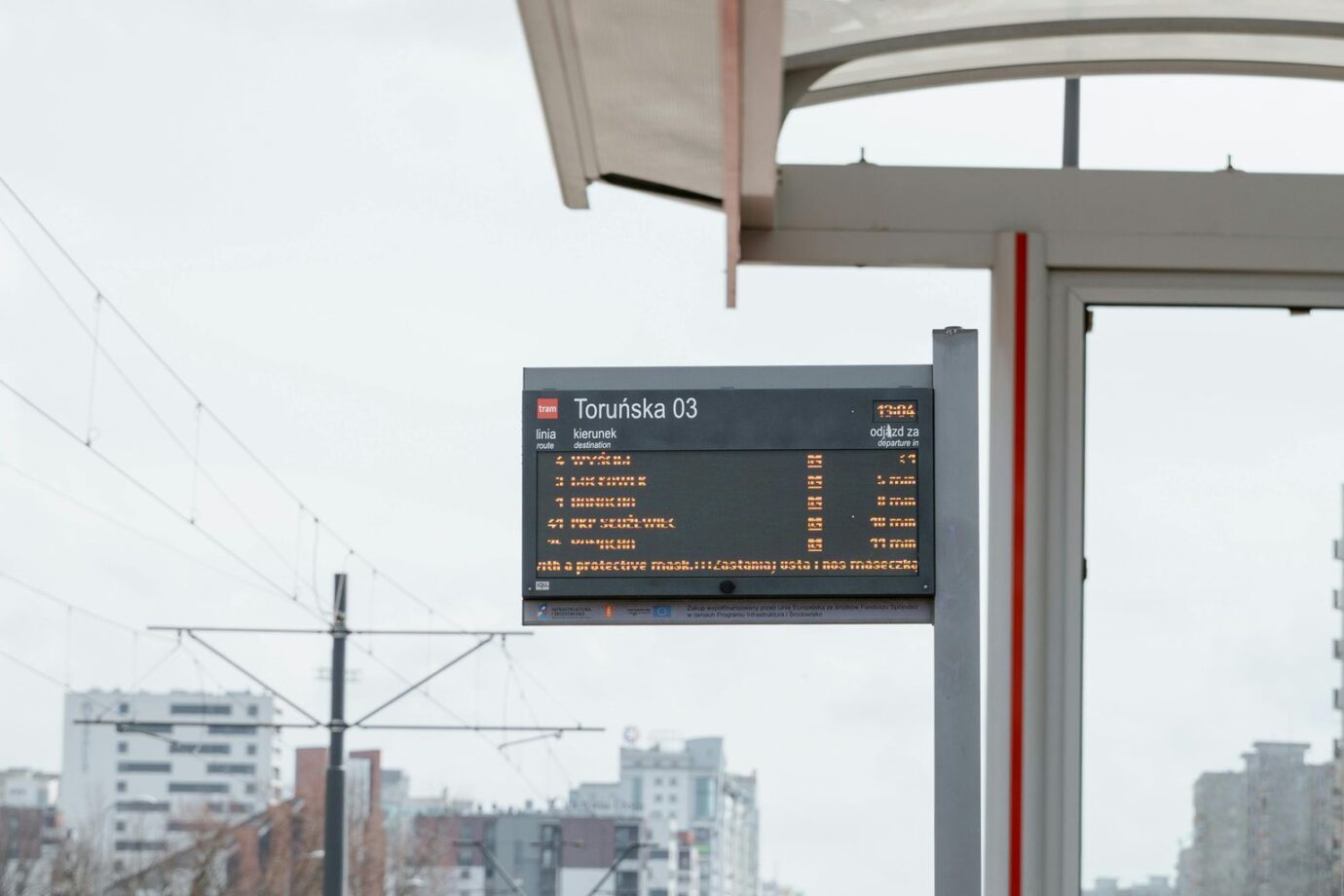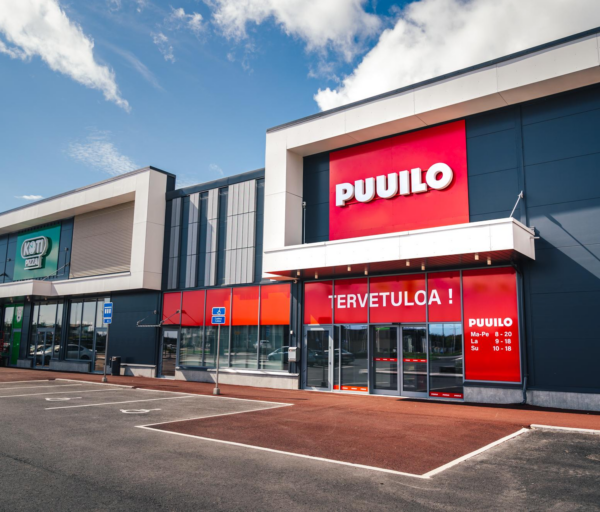1. Introduction
In industries like manufacturing, logistics, and construction, real-time data visibility is essential for efficiency, safety, and operational success. However, many companies still rely on manual reporting methods, which create bottlenecks, delay decision-making, and increase human error.
While printed reports, whiteboards, and emails may have worked in the past, they fall short in today’s fast-paced industrial environments. In contrast, digital signage powered by Power BI allows real-time data automation, ensuring that non-desk employees receive up-to-date information instantly. This shift from manual to automated reporting improves decision-making, reduces downtime, and increases productivity.
This article compares manual reporting with digital signage to help you understand which is the better fit for modern blue-collar industries. For a deeper dive into how Power BI and digital signage work together, check out this guide.
2. What is Manual Reporting?
Manual reporting includes whiteboards, printed reports, emails, spreadsheets, and other static formats. These traditional methods are often slow, outdated, and prone to human errors.
Challenges of Manual Reporting:
- Delayed updates – Information becomes outdated before it reaches frontline workers.
- Prone to human errors – Mistakes in manual data entry and transcription.
- Limited accessibility – Data is often stuck in office computers, making it invisible to shop floor teams.
- Security risks – Paper reports can be lost, spreadsheets can be edited by unauthorized users (learn more about security risks).
- Inefficient communication – Workers must seek out information rather than having it automatically displayed.
3. How Digital Signage with Power BI Works
Automating Data for Real-Time Visibility
- Automated, real-time updates – No need for manual input; dashboards update automatically from data sources.
- Customizable dashboards – Tailored views for different roles (production workers, warehouse teams, executives) (get design tips).
- Seamless integration with Power BI – Live KPI tracking and visual alerts displayed instantly on digital signage screens.
- Multi-location accessibility – Data can be displayed on digital signage, mobile devices, and tablets.
For a step-by-step guide, check out how to share Power BI dashboards on digital signage.
4. Key Differences: Digital Signage vs. Manual Reporting
| Feature | Manual Reporting | Digital Signage with Power BI |
|---|---|---|
| Data Updates | Manual, slow, prone to errors | Automated, real-time updates |
| Accessibility | Requires printed reports, emails | Displayed on screens & mobile devices |
| Security & Compliance | Data can be lost, misplaced, or accessed by unauthorized users | Secure, role-based access & encryption |
| Interactivity | Static reports, no filtering | Interactive dashboards with filters (learn how to use filters) |
| Scalability | Limited to offices, notice boards | Multi-location, enterprise-wide display |
| Automation | Requires human input | Fully automated, AI-driven reporting |
| Engagement | Often ignored, outdated | Visually engaging, real-time alerts |
5. Impact on Team Communication
- Manual reporting delays information flow – By the time workers see data, it’s already outdated.
- Digital signage ensures real-time visibility – Everyone receives consistent, up-to-date information.
- Eliminates miscommunication – No need for workers to search for reports or misinterpret old data.
- Example: Instead of waiting for a morning meeting to discuss inventory levels, warehouse staff sees live updates on digital screens throughout the facility (best practices for real-time data).
6. Overcoming Resistance: Why Some Companies Still Use Manual Reporting
- “It has always worked for us” → But real-time decisions require real-time data.
- “We don’t have the budget for digital signage” → Digital solutions pay for themselves in saved time and reduced errors (Power BI digital signage ROI).
- “Our workers are used to paper reports” → Digital signage is designed for quick, passive consumption, reducing information overload.
- “It’s too complicated to switch” → Integrating Power BI dashboards into digital signage is easier than ever (how to get started).
7. Case Study: Rexel’s Transition from Manual Reporting to Digital Signage
- The problem: Rexel struggled with manual reporting inefficiencies, leading to delays and miscommunication.
- The solution: By integrating Power BI dashboards with Valotalive digital signage, they achieved:
- Instant data visibility for production teams.
- Reduced response times to operational issues.
- Fewer reporting errors from manual input.
- The result: Improved productivity and faster decision-making across multiple sites.
- Full case study****************.
8. Future Trends in Data Visibility and Automation
- Advancements in digital signage tech → AI-driven predictive analytics.
- Integration with IoT sensors → Live factory floor monitoring.
- AI-powered insights in Power BI → Better forecasting and anomaly detection.
9. Conclusion
Manual reporting is outdated, inefficient, and prone to errors. By switching to digital signage with Power BI, companies can:
- Automate data updates for real-time decision-making.
- Improve visibility and communication across teams.
- Reduce downtime and increase productivity.
For a real-world example, check out Rexel’s case study on transitioning from manual reporting to Power BI-powered digital signage.

